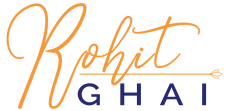Today’s āsanā is a bit difficult for beginners, and often done wrong. Would suggest that you go through some basic āsanās before trying this one out.
We are around halfway across the 30*30 challenge, and it’s time to step up the game. The warmup is done, now comes the serious bit. Hopefully:)
At the end of it all, we aim to make exercise a habit, a part of our daily routine, so in case you are happy just walking it out, then so be it. But continue, and continue everyday!
The name comes from the Sanskrit words भुजङ्ग bhujanga, “snake” or “cobra” and आसन asana, “posture” or “seat”, from the resemblance to a cobra with its hood raised.
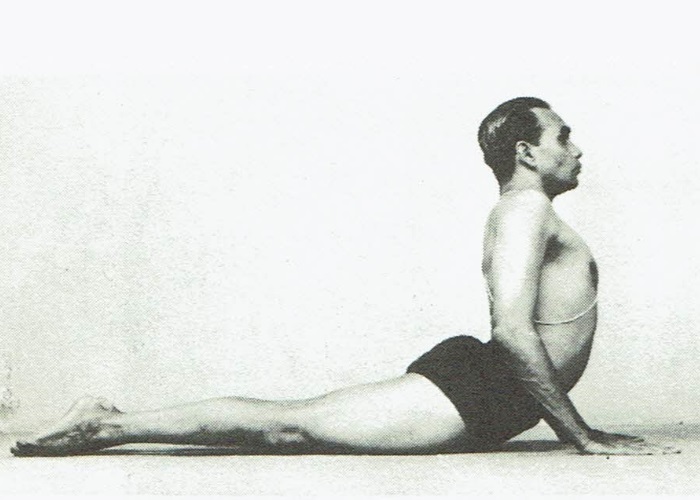
The pose is described in the 17th century hatha yoga text Gheranda Samhita. In the 19th century Sritattvanidhi, the pose is named Sarpasana, which similarly means Serpent Pose.
The Cobra Pose opens up the shoulders and the neck, stretches muscles in the shoulders and chest, strengthens the arms and also helps treat constipation. It can be significantly useful at relieving discomfort in the muscles of the back, neck and abdomen. Just a little time spent in Bhujangasana goes a long way; especially towards reducing stress and anxiety. It is part of the sequence of yoga postures in Surya Namaskara or Sun Salutation.
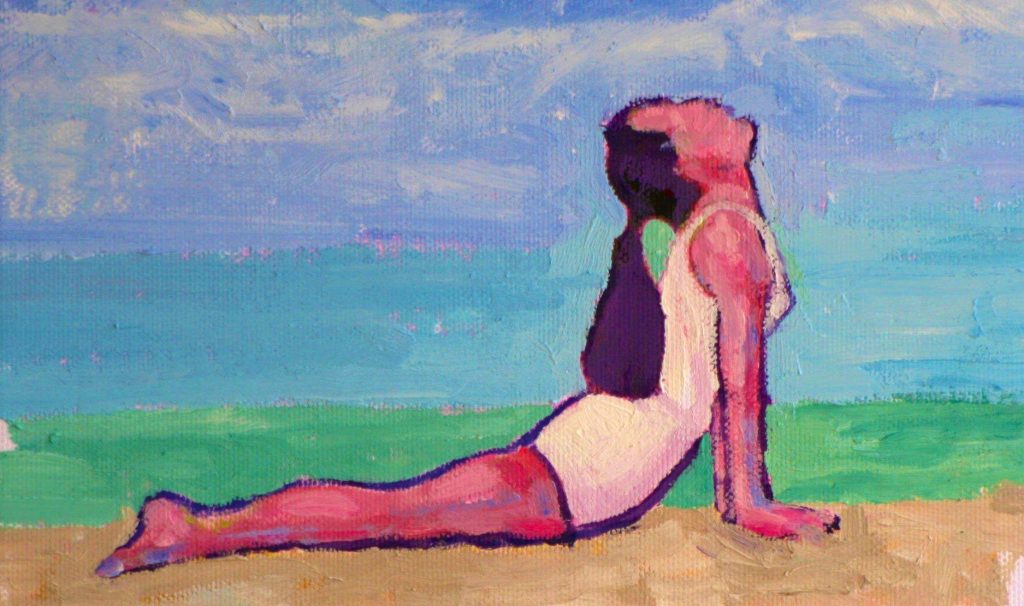
How to practice Bhujangasana
Start in the prone position, by lying flat on your stomach on a comfortable, level surface. You can also use a yoga mat. Make sure your feet are together, with the toes against the floor. Spread your hands on the floor and ensure you elbows are placed close to the rib cage, Close your eyes and inhale slowly. Feel the stability in your pelvis and thighs, imagine them rooted to the ground throughout Bhujangasana. Exhale gradually before opening your eyes. Continue breathing slow and deep.
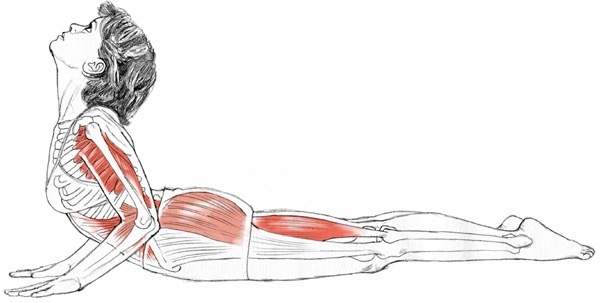
As you inhale, make a gently effort to push the chest forward and steadily straighten your arms. Deepen your stretch to create a graceful, even arc in your back. Ensure you’re stretching just as much as you can; do not force.
Keep your shoulders broad, but relaxed. Lift from the top of your sternum, but avoid pushing the front of your ribs forward. Try to distribute the stretch evenly along your spine. Breathe calmly and hold here for 5 to 10 breaths. As you exhale, gently release your body back to the floor.
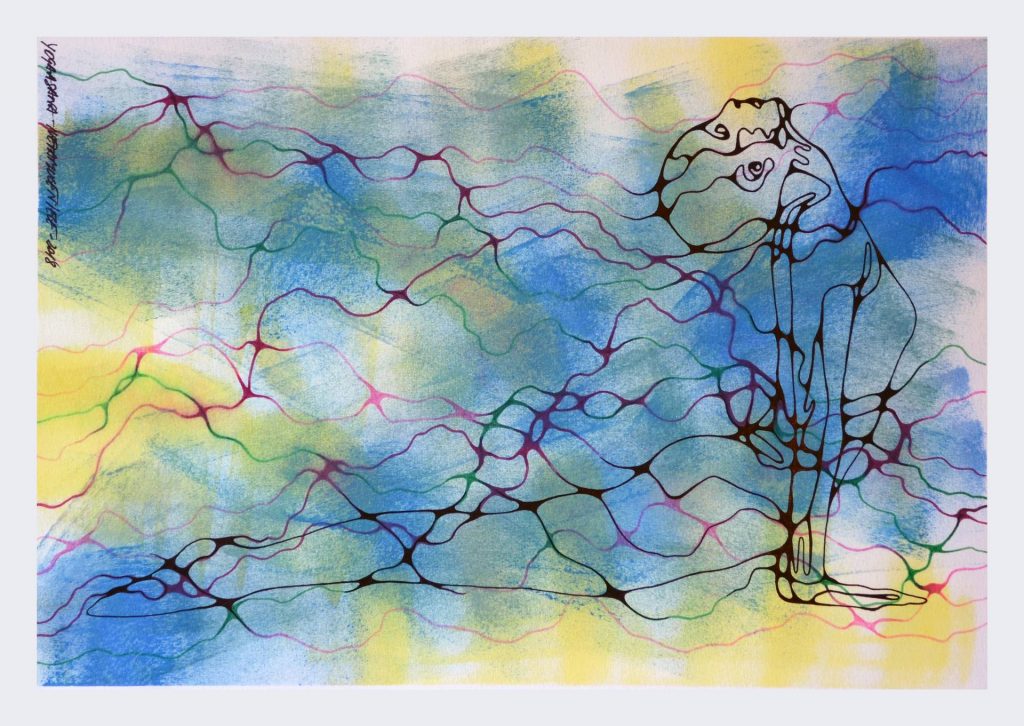
Benefits of Bhujangasana
- Strengthens the spine
- Stretches chest and lungs, shoulders, and abdomen
- Firms the buttocks
- Stimulates abdominal organs
- Helps relieve stress and fatigue
- Opens the heart and lungs
- Soothes sciatica
- Therapeutic for asthma
- Traditional texts say that Bhujangasana increases body heat, destroys disease, and awakens kundalini.
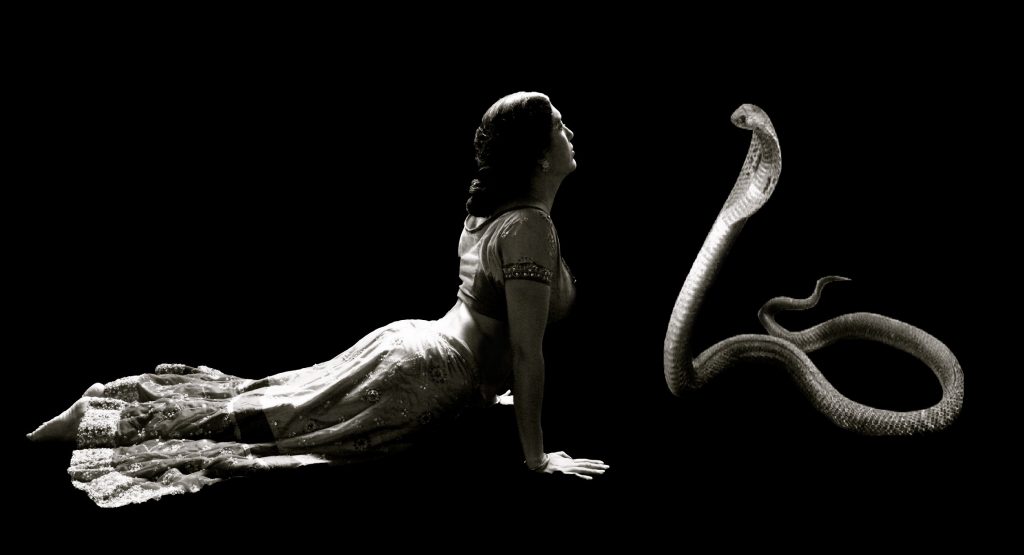
Common mistakes to avoid when practicing Bhujangasana
Leg spacing: People sometimes try to put their legs closer while performing this cobra pose. It should be noted that legs should be placed at the hip distance and try to bring them closer can put extra pressure on the vertebrate.
Wrong hand placement: Hands should be placed at the shoulders distance to maintain the right stance. Putting hands boarder than shoulders width can obstruct you from getting the optimum back arch.
Trying too hard: Common mistake is trying too hard – this asana isn’t about how high you lift yourself. This pose is about obtaining great spinal stretch and spinal extension. If you are making a ‘L’ shape instead of nice arch then you are going beyond the range of motion.
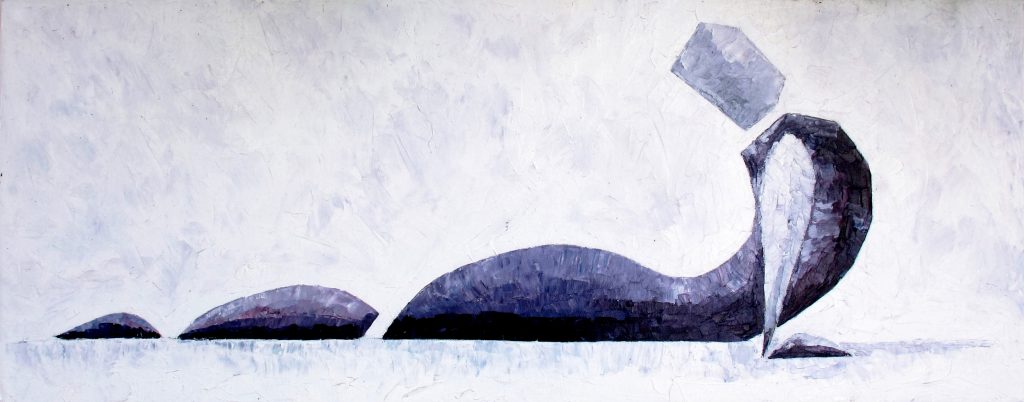
Locking elbows: Locking elbow is not compulsory. People try too hard to lock their elbow but you need to understand that everyone has different flexibility level. If you feel nice stretch in your spine then you should stop extending the range of motion.
Medical problems: Practicing cobra pose has its own limitations as well which need to be taken care of. Person who is suffering from peptic ulcers, hernia, intestinal tuberculosis and serious spine problems should avoid this yogic exercise.
